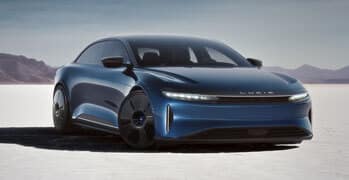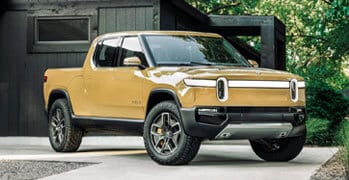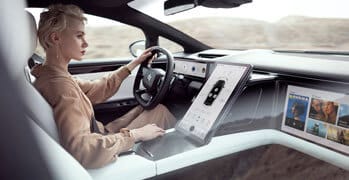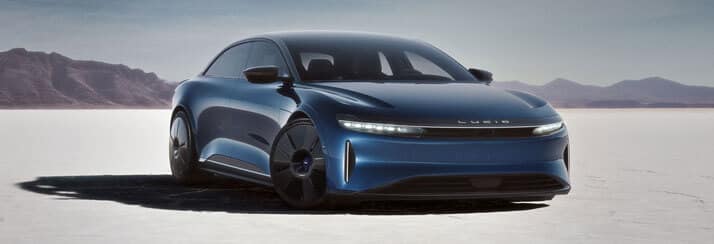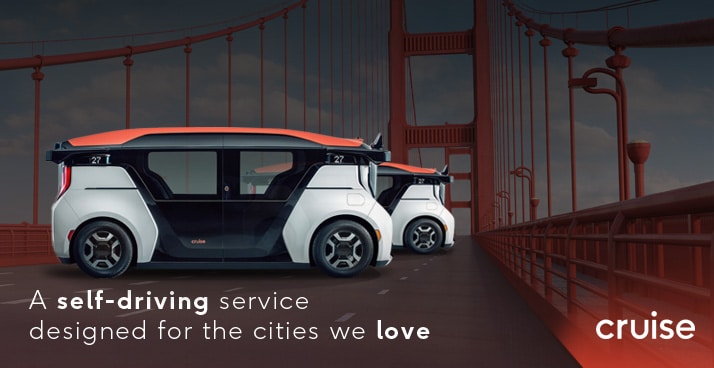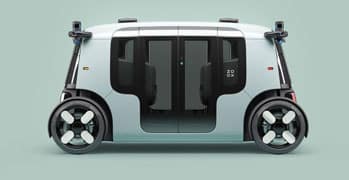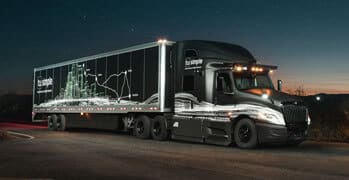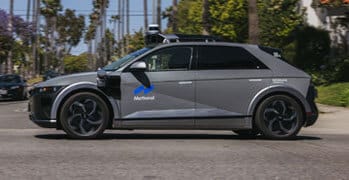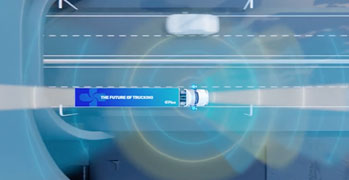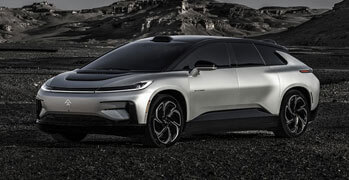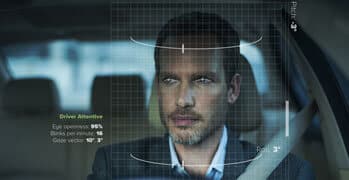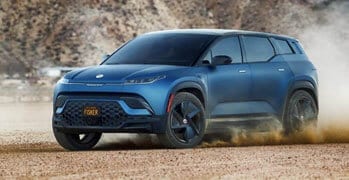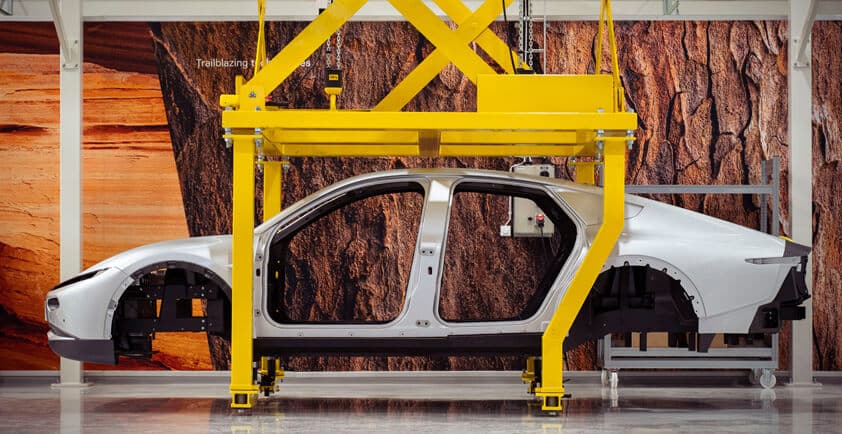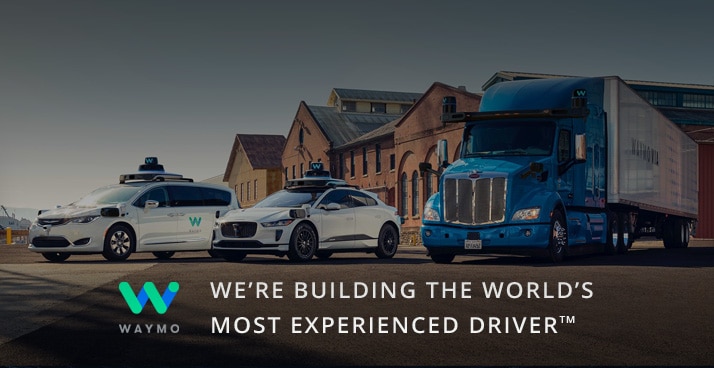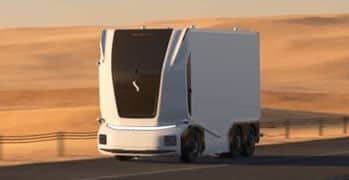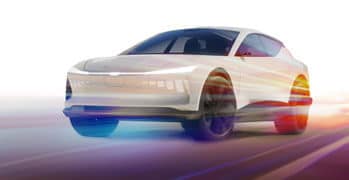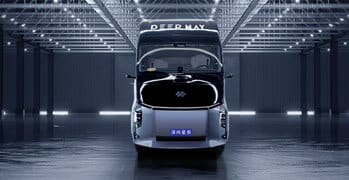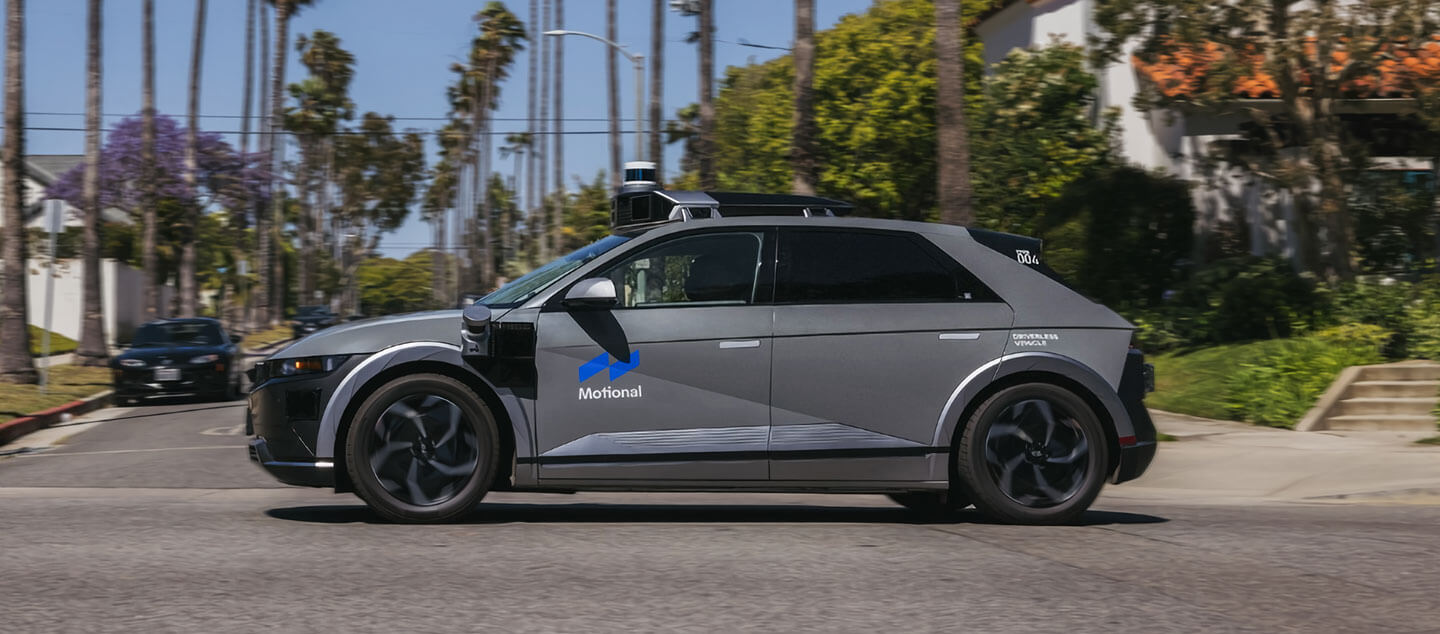
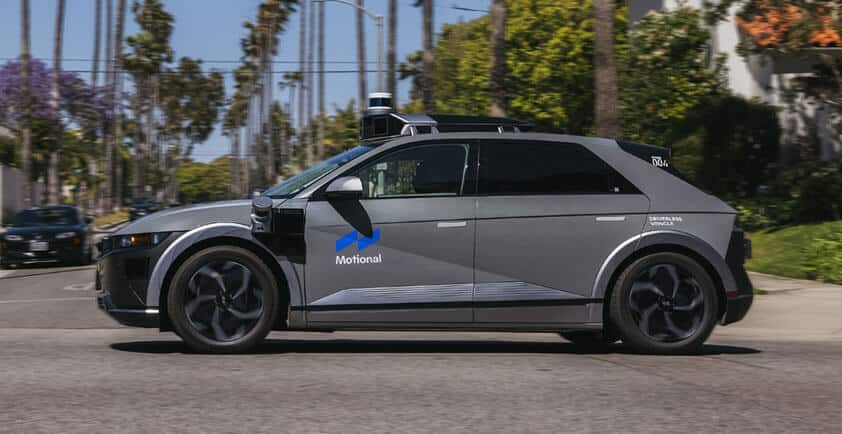
MOTIONAL'S CEO: ON 2023, GOING DRIVERLESS, AND STAYING MOTIVATED AFTER 20 YEARS
Motional's president and CEO Karl Iagnemma started developing autonomous vehicles while a graduate student at the Massachusetts Institute of Technology. For nearly 20 years he has been a leading figure in the effort to make AVs a commercial reality. Here, he talks about what makes 2023 a "milestone year" for Motional, his predictions on what mobility will look like in 10 years, and how he stays motivated.
Q: Why will 2023 be a milestone year for Motional?
This is the year when Motional’s IONIQ 5 robotaxi goes fully driverless. Currently, our robotaxis in Las Vegas use safety operators in the front seat; later this year, we will be pulling those human operators out of the vehicles and begin offering fully driverless rides.
This milestone is the culmination of decades of research and development by people who have long seen the promise of autonomous driving. I personally started working on solving this challenge over 20 years ago, and to now be mere months away from seeing this become a reality is incredibly exciting. Our entire team is laser-focused on meeting this goal.
Not only is it about solving a longstanding technical challenge, it’s about fundamentally changing the way we get around. I don’t think that can be understated. For those with limited transportation options, or a need for personal space while traveling somewhere, these vehicles represent nothing less than a generational shift in mobility.
We still have a sea to cross before we’re ready to go fully driverless – safety is still our number one priority – but we’re well on our way. And this is just the beginning as we continue to mature the technology and bring our service to more cities in the coming years.
Q. How do you respond to those who doubt whether AVs will ever be part of our everyday routines?
All you need to do is look around. We’re carrying public passengers in Las Vegas, and other AV companies are doing the same in other cities. AVs are no longer theoretical. We’re operating on public roadways, picking up ride-hail passengers, and getting great reviews.
It’s also worth noting that Motional has already proven our driverless capability with our first generation vehicle in 2021; the IONIQ 5 robotaxi will be the first we’ve used for public passengers.
Our own research shows that those who have tried AVs are significantly more likely to choose one again in the future. The feedback we’ve received shows that our approach to safety and comfort is working, and the vast majority of riders have awarded their trip five-out-of-five stars.
Driverless vehicles and AV technology is a paradigm-changing technology. Changing the way the world moves isn’t easy. But I firmly believe it’s going to be worth all the time, effort, and capital that has been invested over all these years to make it possible.

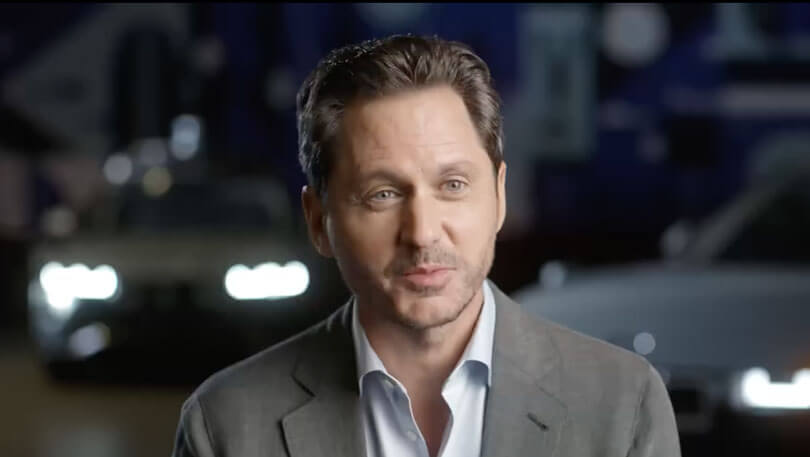
Q. Let’s fast-forward 10 years. Who is using a robotaxi? How has mobility changed?
It’s the long-term vision for robotaxis that really helps keep me motivated every day. Overall I believe that robotaxis will have become a preferred transportation option in the markets where we’ve launched.
In 10 years we can expect to see Motional robotaxis in many U.S. cities. We’re not here to replace all vehicles or all human ride-hail drivers. But we’re here to provide a safer, more reliable alternative. I definitely think robotaxis will be a preferred option for some passengers. What we know from working with different stakeholder groups, and through our annual Consumer Mobility Survey, is that there are many reasons why passengers would be interested in a driverless robotaxi.
People traveling in an unfamiliar city at night, for example. Or perhaps they’re returning home from a medical procedure, or they prefer solitude. And for riders with accessibility and mobility challenges, using a robotaxi designed to serve everyone could be preferred over getting into somebody else’s personal vehicle.
We believe there will be a tipping point in the deployment of this technology where people can start to choose whether they really need a personal vehicle, or if their family needs a second personal vehicle, and instead rely on a combination of transportation options. That’s when I think you’ll start to see the real positive impact robotaxis can have on our roadways and streetscapes.
Q. You’ve said previously there won’t just be one winner in the AV race, but multiple. Why do you feel Motional will be one of those organizations?
I’ll give you three reasons. First and foremost, our technology is already there. We’re currently one of three U.S. companies carrying public passengers with vehicles running autonomously. Our vehicles are on the road, collecting data, feeding our Continuous Learning Framework. We’re also receiving feedback from passengers. Nothing is better than real-world feedback and experience. So our technology is able to get smarter every single day. And based on the feedback we’ve received, I feel the safety and comfort of our vehicle rides is unmatched.
The second reason is our partnerships. Motional is the only U.S. AV company partnering with both Lyft and Uber. That gives us access to 99 percent of the U.S. rideshare market. And we’re not asking riders to download a new app, or learn a new ride-hailing process. There’s a very shallow learning curve with a Motional robotaxi. Riders use the ride-hail apps they already know to summon a vehicle that’s been deliberately designed to feel like the experience they’re used to.
And third, I believe we’re going to be successful because of our shareholders. Aptiv and Hyundai have been great partners, providing us with the funding needed to evolve from an R&D-focused company to a commercial product company. And they’ve also provided insightful strategic guidance and impactful oversight.
Being able to work closely with the Hyundai team during the design phase has been and will continue to be an incredible differentiator. I was just in Korea at Hyundai’s advanced manufacturing facility, and I saw our robotaxis rolling off the assembly line with our sensors and hardware already integrated on the vehicle. And when a passenger rides in a Motional IONIQ 5 robotaxi, they’re riding in an award-winning, all-electric vehicle. That’s something else not every company can say.
There are other reasons why I believe Motional will be one of the big winners, but those are probably the three biggest reasons.


Karl Iagnemma joins Motional's CTO Laura Major, CFO Robert Lee, and Singapore-based team members with the IONIQ 5 robotaxi in Singapore.
Q. What obstacles are left to overcome?
One is public trust. We know through our Consumer Mobility Report that we still have a ways to go to convince people that robotaxis are safer than human-driven vehicles.
Some of that comes down to exposure. Our last survey found that 53 percent of those who had already experienced autonomous technology trust it. And 50 percent said if they had to choose between a driverless robotaxi and a human driven vehicle, they’d choose the robotaxi. So the more we can expose riders to a safe, comfortable ride in a robotaxi, the faster we’ll see wide-scale adoption.
Another obstacle is the supply chain. We’re still seeing some bottlenecks where the technology simply hasn’t caught up yet to our needs, which isn’t uncommon when you’re working with cutting-edge tech. We can’t always just buy a solution off the shelf. We’re pushing what’s possible with stock GPUs, for example, and cloud-based processing. But we expect those fields are going to look very different in 12-18 months as technology matures.
One other big obstacle that we’re working on is vehicle cost. We’re very aware of the need for robotaxis to be priced competitively, otherwise adoption will be limited, as well as the benefit for our partners. We’re working diligently to reduce costs for future vehicle generations. Hyundai for example, has been a great partner helping us apply lean manufacturing principles and reducing production costs. Some of it will happen as a product of scale; hardware costs are very different when you’re buying for hundreds of vehicles compared to tens of thousands of vehicles.
Q. You’ve now been on this quest, to make autonomous vehicles a reality, for more than two decades. How do you stay motivated?
I was very fortunate to figure out my vocation first while a student at M.I.T. As the founder of nuTonomy and now the CEO of Motional, I’ve had a front-row seat as we’ve made steady progress solving one of the greatest technological challenges of my generation. And we’re now months away from launching fully driverless robotaxi service, which is very exciting. For our team, it’s taken so much energy, time, training, and support to get here - and we’ve outlasted so many others. We started the year with a new motivation to finish strong, and I’m confident we will.
There’s also a personal component to this. I’ve spoken before about how my mother was in a serious car accident a few years back. We’re still seeing 40,000 people killed on our roadways annually, and more than 2 million injured – numbers that actually have gone up in recent years. That’s far too high, and it gives me the drive to work toward building safer roads through our technology.
